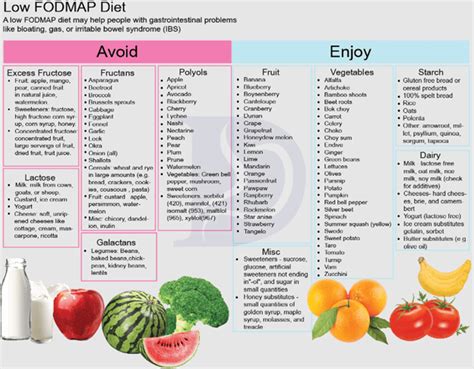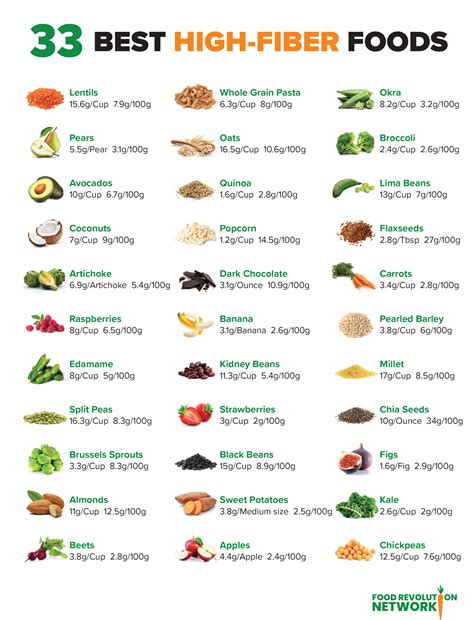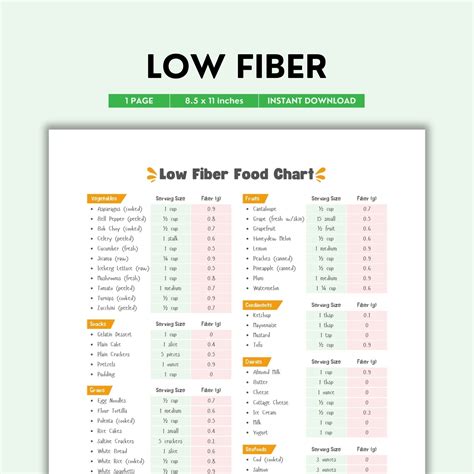Intro
Discover a comprehensive Low Fiber Foods List, featuring gentle digestive options like lean meats, low-fiber fruits, and refined grains, ideal for digestive health and low-fiber diets, including gut-friendly and easily digestible foods.
The importance of dietary fiber in maintaining a healthy digestive system and overall well-being cannot be overstated. A diet rich in fiber helps prevent constipation, promotes regular bowel movements, and supports the growth of beneficial gut bacteria. However, there are instances where a low fiber diet is recommended, such as after certain surgeries or for individuals with specific digestive conditions. Understanding which foods are low in fiber is crucial for managing these situations effectively. In this article, we will delve into the world of low fiber foods, exploring their benefits, how they work, and providing a comprehensive list to guide your dietary choices.
For individuals who require a low fiber diet, it's essential to know which foods to limit or avoid. High fiber foods, such as whole grains, fruits, and vegetables, are typically rich in nutrients but can be challenging for some people to digest. A low fiber diet, also known as a low residue diet, is designed to reduce the amount of undigested food that reaches the colon, thereby minimizing the risk of complications in certain medical conditions. This dietary approach is often temporary, aiming to give the digestive system a chance to heal and recover.
The management of a low fiber diet involves careful planning to ensure that nutritional needs are met without exacerbating digestive issues. It's a delicate balance between consuming enough nutrients for overall health and avoiding foods that could cause discomfort or complications. Foods that are low in fiber tend to be easier to digest, which can be beneficial for individuals with specific dietary requirements. However, it's crucial to consult with a healthcare provider or a dietitian to tailor a low fiber diet that meets individual needs, as overly restricting fiber intake can lead to nutritional deficiencies and other health issues over time.
Introduction to Low Fiber Foods

Low fiber foods are typically those that have been processed or cooked in a way that reduces their fiber content. These can include refined grains, certain types of dairy products, and lean proteins. The key to identifying low fiber foods is understanding the nutritional content and how different preparation methods affect fiber levels. For example, cooked vegetables tend to have lower fiber content compared to their raw counterparts, but they still offer significant nutritional value.
Benefits of Low Fiber Diets
A low fiber diet can offer several benefits for individuals with specific health needs. It can help reduce symptoms of irritable bowel syndrome (IBS), minimize the risk of bowel obstruction in patients with intestinal narrowing, and provide a temporary solution for managing digestive discomfort after surgery. However, it's essential to weigh these benefits against the potential drawbacks, such as the risk of constipation, decreased satiety, and potential nutrient deficiencies if the diet is not well-planned.Types of Low Fiber Foods

Low fiber foods can be categorized into several groups based on their nutritional content and preparation methods. These include:
- Refined Grains: Foods made from refined flour, such as white bread, pasta, and sugary snacks, are low in fiber. They have been processed to remove the bran and germ, which are the fiber-rich parts of the grain.
- Lean Proteins: Chicken, fish, eggs, and dairy products like milk and cheese are naturally low in fiber. They are excellent sources of protein and can be part of a balanced diet.
- Cooked Vegetables: While vegetables are generally high in fiber, cooking them can reduce their fiber content. However, they still retain many of their nutrients and can be a healthy addition to a low fiber diet.
- Fruits: Some fruits, especially when cooked or processed, can be lower in fiber. For example, fruit juices and canned fruits often have less fiber than whole fruits.
Low Fiber Food List
Here is a comprehensive list of low fiber foods that can be included in a low fiber diet: - **Dairy:** Milk, cheese, yogurt (especially those that are low in fat) - **Meat and Poultry:** Chicken, turkey, fish, beef (lean cuts), pork (lean cuts) - **Fruits:** Bananas, avocados (in moderation), cantaloupe, honeydew melon - **Vegetables:** Cooked vegetables like green beans, carrots, and potatoes - **Grains:** White bread, white rice, plain crackers, refined pasta - **Snacks:** Popsicles, gelatin, ice cream (in moderation), sugar cookiesManaging a Low Fiber Diet

Managing a low fiber diet requires careful planning to ensure that you are getting enough nutrients without exacerbating your condition. Here are some tips:
- Stay Hydrated: Drinking plenty of water can help prevent constipation, a common side effect of low fiber diets.
- Choose Low Fiber Alternatives: Opt for refined grains instead of whole grains, and choose cooked vegetables over raw ones.
- Include Lean Proteins: Foods like chicken, fish, and eggs are not only low in fiber but also rich in protein.
- Limit High Fiber Foods: Avoid or limit foods that are high in fiber, such as nuts, seeds, whole grains, and raw or dried fruits and vegetables.
Challenges and Considerations
While a low fiber diet can be beneficial for certain individuals, it also comes with challenges and considerations. One of the main concerns is the potential for nutrient deficiencies, as high fiber foods are often rich in vitamins, minerals, and antioxidants. Additionally, a low fiber diet may lead to constipation or diverticulitis if not managed properly. It's crucial to work closely with a healthcare provider or dietitian to ensure that your dietary needs are met and to address any concerns or side effects that may arise.Conclusion and Future Directions

In conclusion, a low fiber diet can be a temporary and effective solution for managing certain digestive conditions or post-surgical recovery. However, it's essential to approach this dietary change with careful planning and under the guidance of a healthcare professional. By understanding which foods are low in fiber and how to incorporate them into your diet, you can navigate the challenges of a low fiber diet while minimizing its potential drawbacks. As research continues to uncover the complex relationships between diet, digestion, and overall health, it's likely that our understanding of low fiber diets and their applications will evolve, offering new insights and strategies for managing digestive health.
Final Thoughts
As you consider adopting a low fiber diet, remember that it's a personal decision that should be made in consultation with a healthcare provider. The key to success lies in balancing your dietary needs with your health requirements, ensuring that you are nourished while managing your condition effectively. By staying informed, seeking professional advice, and being mindful of your body's response to dietary changes, you can navigate the world of low fiber foods with confidence and achieve your health goals.What are the benefits of a low fiber diet?
+A low fiber diet can help reduce symptoms of irritable bowel syndrome (IBS), minimize the risk of bowel obstruction, and provide a temporary solution for managing digestive discomfort after surgery.
Which foods are naturally low in fiber?
+Foods that are naturally low in fiber include lean proteins like chicken, fish, and eggs, as well as dairy products like milk and cheese. Refined grains and some fruits and vegetables, especially when cooked, are also lower in fiber.
How can I manage a low fiber diet effectively?
+To manage a low fiber diet effectively, stay hydrated, choose low fiber alternatives, include lean proteins in your meals, and limit high fiber foods. It's also crucial to work closely with a healthcare provider or dietitian to ensure your dietary needs are met and to address any concerns or side effects.
We hope this comprehensive guide to low fiber foods has been informative and helpful. If you have any further questions or would like to share your experiences with managing a low fiber diet, please don't hesitate to comment below. Your insights can help others navigate their own dietary journeys. Remember, a well-informed approach to dietary changes, coupled with professional guidance, is the key to achieving your health goals while minimizing potential risks. Share this article with someone who might benefit from it, and let's continue the conversation on dietary health and wellness.
